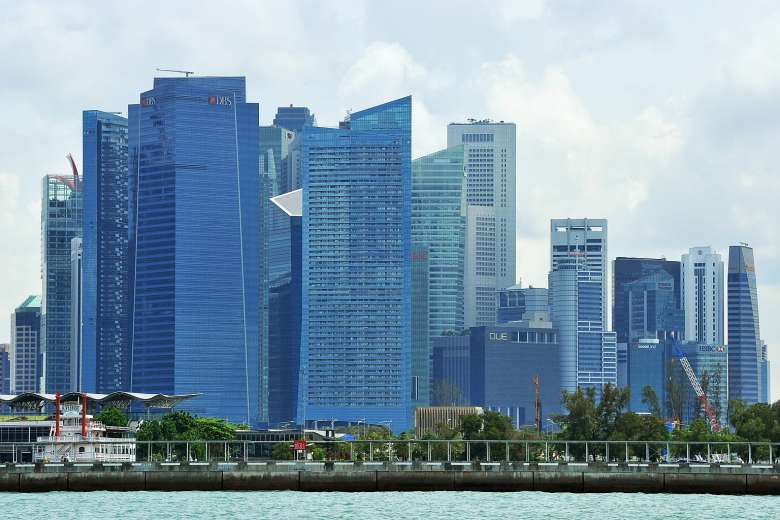
‘Powerful storm’ set to hit Asian banking industry: McKinsey
By Yasmine Yahya for Straits Times
Slowing global growth, the emergence of innovative finance start-ups and an increasing volume of bad loans are combining to create a “powerful storm” for the Asia Pacific banking industry, consulting firm McKinsey & Company has said in its latest annual banking review on Wednesday (June 22).
Over the past decade, banks in Asia Pacific have grown to amass a profit pool that hit more than US$1 trillion (S$1.34 trillion) last year, the firm noted.
However, this “golden decade” is ending and the financial industry should be prepared to face an era of slower growth rates and increased challenges in generating profits, it added.
First, the economic slowdown rolling across the region will affect banks and their customers, especially in the corporate sector, McKinsey noted.
As a result, it expects banking profit growth to slow from 10 per cent annually between 2011 and 2014 to 3 per cent between 2016 and 2021.
Second, financial technology, or fintech, start-ups offering financial products such as payment systems and lending platforms, as well as established companies from outside the industry, such as Chinese e-commerce giant Alibaba, are encroaching into traditional banking territory.
Third, an increasing volume of non-performing loans is putting added stress on banks, as interest-coverage ratios are declining at large companies throughout the region, especially in China and India, McKinsey said.
McKinsey analysis indicates banks in Asia need to raise US$400 billion to US$600 billion in additional capital by 2020 to cover losses from non-performing loans while maintaining capital adequacy ratios.
“Banks that simply try to wait out the storm will likely find themselves struggling for survival, but those that take action can uncover growth opportunities and measures that could help rekindle their momentum,” McKinsey said.
McKinsey advised that banks focus their strategies on three “clear pockets of growth” – services for the unbanked and underbanked, an expanding affluent middle class, and the emerging importance of small- and medium-sized enterprises to corporate banking.
With margins under pressure, banks must also rapidly drive digitization, especially to control costs, the consultancy added.
Meanwhile, banks must also find ways to strengthen their balance sheets by addressing the growing volume of non-performing assets. Banks can explore creating asset management companies as a short-term solution, while working to improve risk management provides a longer term fix, McKinsey said.
And banks must rethink their organisational structure and culture, it added.
For example, they should form alliances with fintech firms and others to create and enable a digital ecosystem.
“The organisation also needs to become more flexible and nimble to bring out new products and services much faster than in the past. And finally, banks must revise their approach to talent and culture, creating room for innovation.”
The coming storm is potent and is a clear threat to most banks in Asia Pacific, but it may also provide the kind of significant industry disruption that creates opportunity for those that recognise it, McKinsey said.
“The most aggressive banks will not merely survive the turbulence; they will be strengthened by it.”
First appeared at Straits Times





